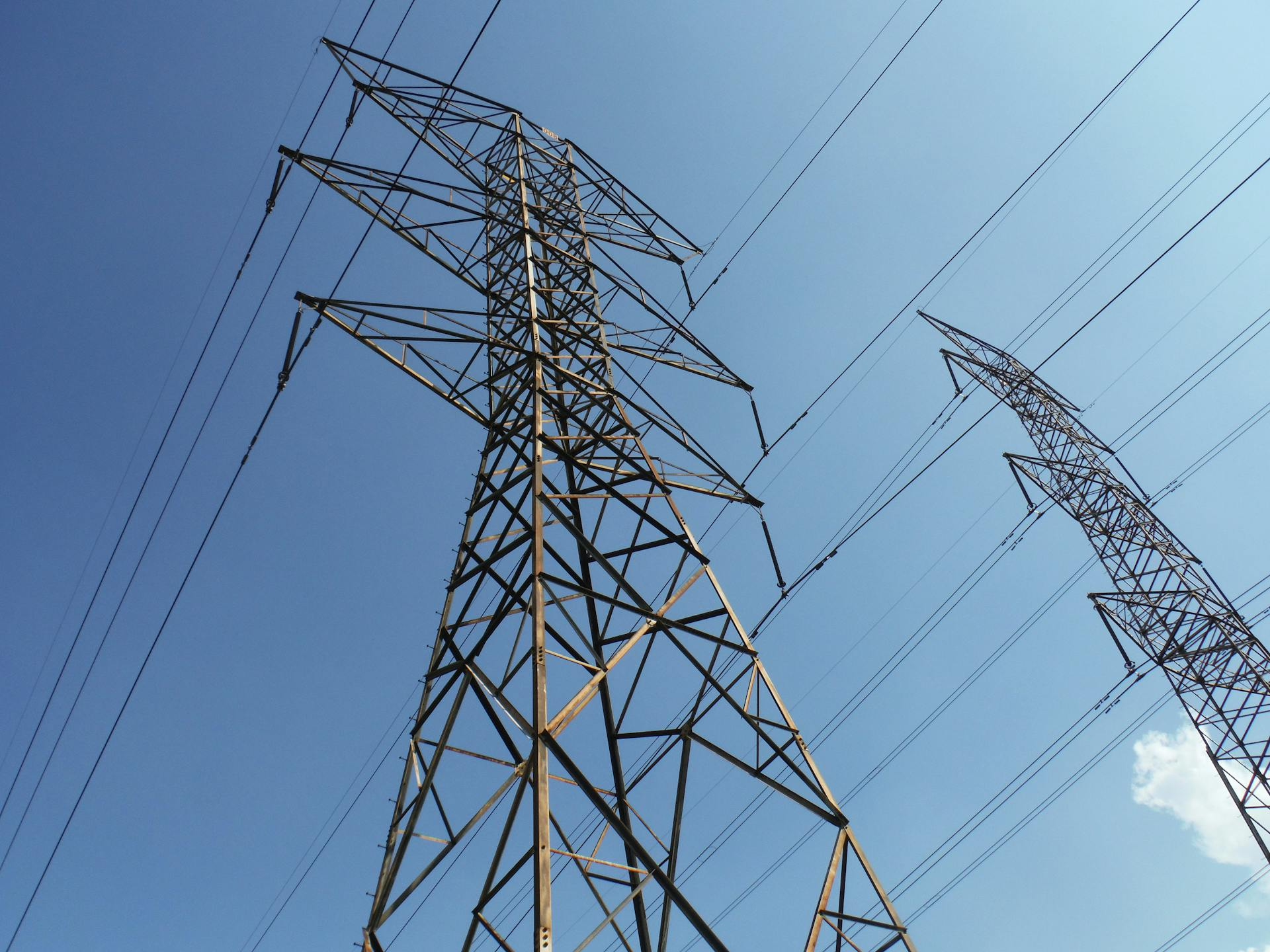Electrical engineering is at the heart of technological advancement, driving innovation and progress in various sectors. At Partum we are committed to sustainability and technological innovation and see the future of electrical engineering to be particularly promising. Looking ahead, several emerging technologies and innovations are set to shape the landscape of electrical engineering in Australia, offering exciting opportunities and challenges.
Renewable Energy Integration
Australia’s commitment to renewable energy is a significant driver of innovation in electrical engineering. With abundant natural resources, such as solar and wind, the country is well-positioned to lead in renewable energy integration. Electrical engineers are at the forefront of designing and implementing systems that efficiently harness these resources.
- Solar Power Systems: Engineers are developing advanced solar technologies, including more efficient photovoltaic cells and concentrated solar power systems. These innovations aim to maximise energy capture and storage, reducing reliance on fossil fuels.
- Wind Energy: The integration of offshore and onshore wind farms into the national grid is another focus area. Engineers are working on optimising turbine designs and improving grid connectivity to ensure stable and efficient power supply.
Explore Partum’s recent work on renewable energy projects and discover how we’re contributing to a sustainable future. See our work here.
Smart Grids and Energy Storage
The transition to a sustainable energy future requires the development of smart grids and effective energy storage solutions. Australia’s National Energy Market is evolving to incorporate these technologies.
- Smart Grids: These are essential for managing the complexities of renewable energy sources. Electrical engineers are designing grids that can intelligently distribute power, respond to real-time demand, and incorporate distributed energy resources.
- Energy Storage Solutions: Innovations in battery technology, such as lithium-ion and flow batteries, are crucial for storing renewable energy. Engineers are exploring ways to enhance battery efficiency, reduce costs, and improve energy density, making storage solutions more viable for widespread use.
Discover how Partum contributed to Synergy’s Kwinana Battery Energy Storage System (KBESS) project, a step forward in renewable energy storage.
Electric Vehicles (EVs) and Infrastructure
The rise of electric vehicles presents both challenges and opportunities for electrical engineers in Australia.
- EV Charging Infrastructure: Developing a comprehensive network of charging stations is critical for supporting the growing number of electric vehicles. Engineers are tasked with creating fast-charging solutions and integrating them into the existing grid.
- Vehicle-to-Grid Technology: This innovative approach allows electric vehicles to return power to the grid, acting as mobile energy storage units. Engineers are exploring how this technology can be optimised to support grid stability and energy efficiency.
Internet of Things (IoT) and Automation
The Internet of Things is revolutionising industries by enabling smarter, more connected devices. For electrical engineers, this means designing systems that can communicate and operate autonomously.
- Smart Homes and Buildings: The development of IoT-enabled smart homes and buildings is a growing trend. Engineers are creating systems that allow for seamless integration of appliances, lighting, and security, enhancing energy efficiency and convenience.
- Industrial Automation: In manufacturing and other sectors, automation is key to improving productivity and reducing costs. Engineers are developing robotic systems and automated processes that rely on sophisticated electrical and electronic systems.
Artificial Intelligence (AI) and Machine Learning
AI and machine learning are transforming electrical engineering by providing tools for optimising systems and processes.
- Predictive Maintenance: Using AI, engineers can develop systems that predict equipment failures before they occur, reducing downtime and maintenance costs.
- Energy Management Systems: Machine learning algorithms are being used to optimise energy consumption in real-time, leading to more efficient energy use in residential, commercial, and industrial settings.
Challenges and Future Outlook
While the future of electrical engineering in Australia is filled with potential, several challenges must be addressed:
- Skilled Workforce: As technology evolves, there is a growing need for a workforce skilled in the latest electrical engineering technologies. Education and training programs are crucial to preparing engineers for the future.
- Regulatory and Policy Support: Ensuring that innovations are supported by appropriate regulations and policies is essential for their successful implementation.
- Sustainability and Environmental Impact: Engineers must consider the environmental impact of new technologies and strive for solutions that promote sustainability.
The future of electrical engineering in Australia is bright, with emerging technologies and innovations paving the way for a more sustainable and technologically advanced society. As electrical engineers rise to the challenges and harness the opportunities, Australia’s position as a leader in renewable energy and technological innovation will only strengthen. Join us on this journey toward a sustainable future.
Learn how Partum Engineering can help you drive innovation in Australia’s electrical engineering landscape, contact us today.






